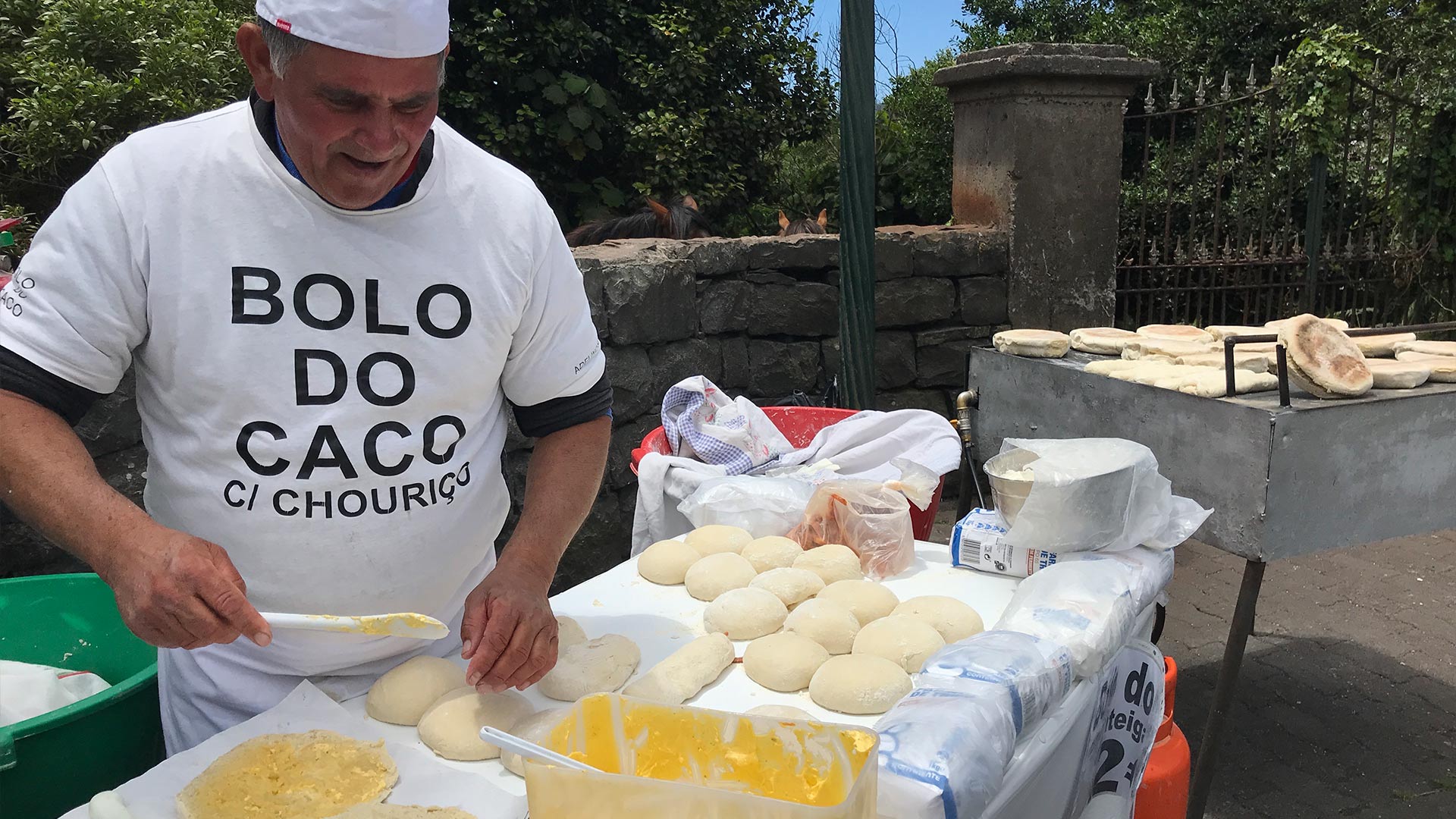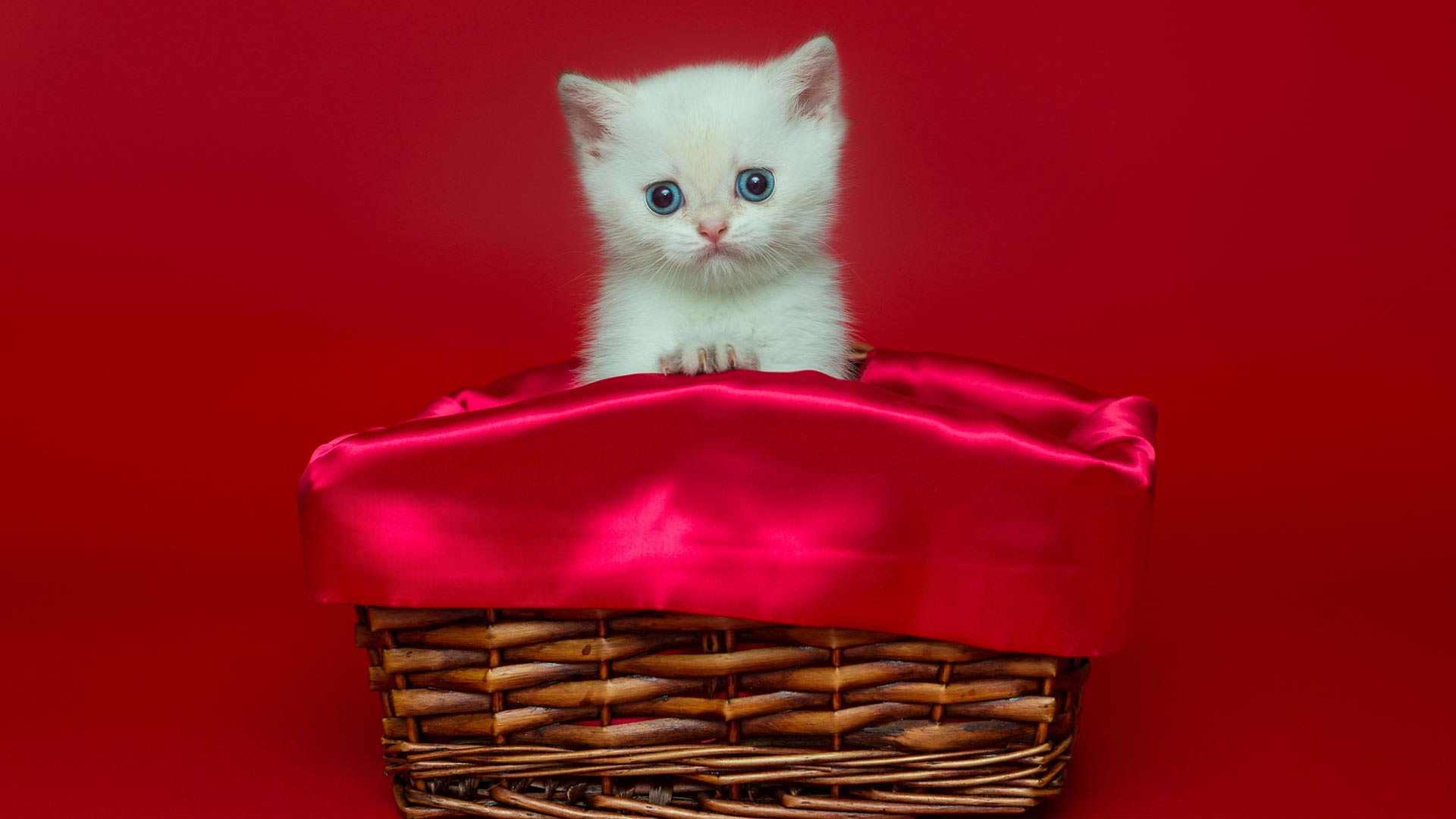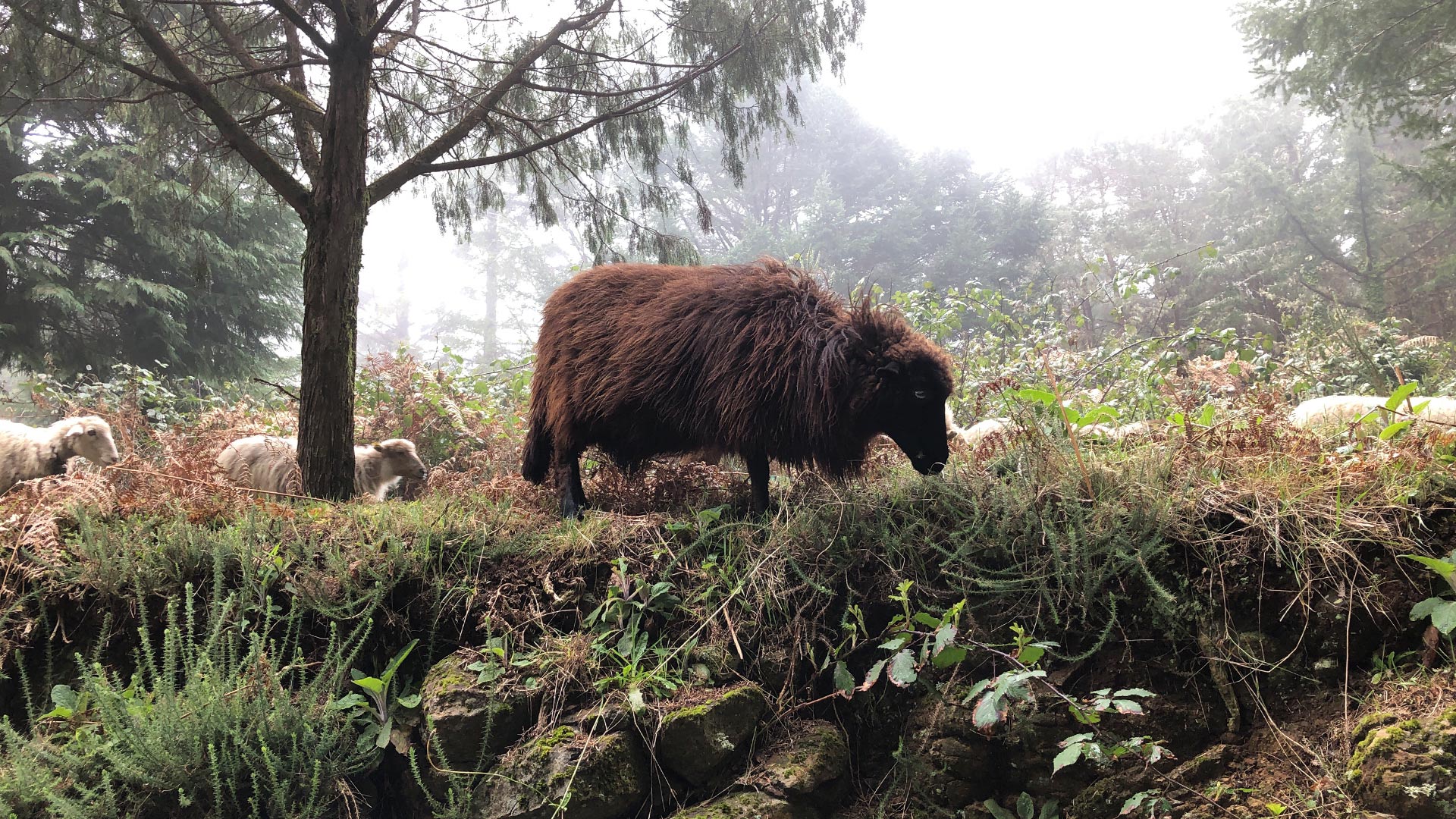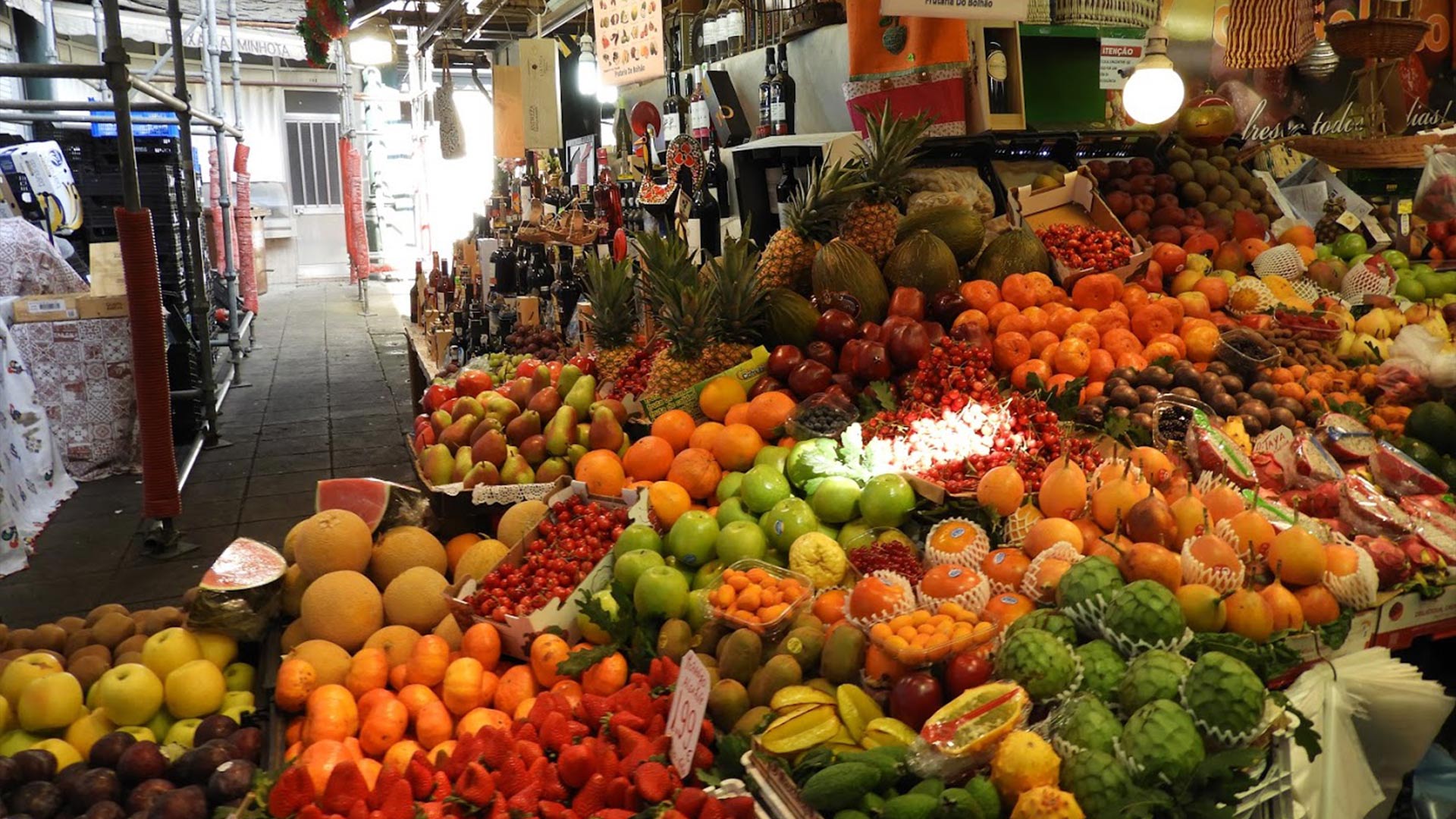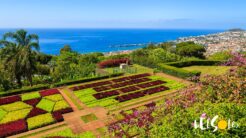A wicker basket, a bottle of wine, strelitzia or dragon dracaena seeds? Souvenirs from Madeira don’t have to stand around and get dusty. We’ll go over some of the best options you have for souvenirs from Madeira. Here’s your shopping list for the next trip.
Bolo do Caco
Bread from Madeira
This flat, round bread is traditionally baked on a caco, a flat slab of stone. The best place to buy Bolo do Caco is… Casa da Bolo do Caco, or the House of Bread. You can also bring it with you from Madeira.
Wicker products
Madeira is also famous for its wickerwork. The first references to wicker handmades date back to the 16th century here. The main weaving centre is in the town of Camacha. Wicker’s not just used for furniture and baskets, but also animal figurines. We recommend a visit to the Fábrica de Vimes workshop at Café Relógio, where you can watch the baskets being woven and, of course, do some shopping.
Madeira wine, brandy and liqueurs
Alcohol in Madeira
You can probably find some Madeira wine at home, though certainly not all types. Contrary to popular beliefs, Madeira is not just about sweet liquor. You’ll find plenty of white wines: sercial -dry, verdelho – semi-dry, bual – semi-sweet and malvasia – sweet. Reds from the tinta negra variety have the classic designations. When buying wine, you’ll find the numbers 3, 5, 10, 15, 20 on the label. These indicate how many years the beverage has been in the barrel. The youngest Madeira wine may enter sales after 3 years. It’s worth mentioning that there are 8 different producers on the island.
What else to bring back from Madeira? A must is a poncha, which is a mixture of rum (aguardiente, which is made from fermented sugar cane juice), honey or sugar cane molasses and freshly squeezed juice from lemons, oranges and other fruits. For those of you who prefer it stronger, we recommend a bottle of aguardiente or sugar cane spirit.
Madeira embroideries
Some of the most unique souvenirs you can find in Madeira are its embroidered tablecloths and napkins. Madeira embroidery, or bordado, was made famous by Governor Jose Silvestre Ribeiro. He was so impressed with the wares that he organised an exhibition in 1850 to which he invited many foreign traders. A year later, the collection found its way to London, where a certain Elizabeth Phelps took charge of promoting the embroideries. This is how Madeira’s works of art became popular all over the world. Madeira’s embroideries can easily be transported by plane in your hand luggage.
If you want to be sure that the items are not fakes, look for a special hologram label on them from IBTAM (Institute of Handicrafts).
Wool products
Gloves, scarves, clothes, etc.
Despite the fact that the temperatures in Madeira don’t necessarily necessitate it, woollen clothing is still made in the villages here. So if you haven’t taken many warm clothes with you and you want to hike a little, we recommend very practical souvenirs: hats, socks, jumpers or ponchos. Woollen accessories are best bought en route or in smaller towns. Sure, there’s more options in Funchal, but you’ll also pay a lot more.
Exotic flowers and seeds
Madeira, as befits an island of flowers, offers countless cuttings, bulbs, seeds and cut flowers. Many of these are difficult to buy in any other country at a decent price. Besides, the seeds are not always stored properly. What to bring back from Madeira? Orchids, royal strelitzias otherwise known as birds of paradise.
Where can you buy these? The best places are the stalls at the Mercado dos Lavradores market or the nurseries that grow and export plants, such as Jardim Oiquidea. If you’re worried that the plants won’t survive the flight, it’s quite unwarranted. The islanders have a great deal of experience in this field and will pack the plants in suitable crates or boxes. You will also receive detailed instructions on how to care for them.
If you don’t manage to buy flowers beforehand, your last chance is at the airport in Funchal.
Fruits
Do you have spare room in your suitcase? Then be sure to fill it with fresh fruit! You’ll find many unique fruits that you’re unlikely to find at home. For instance, you’ll find different types of passion fruits, ceriman (sometimes referred to as a mix of banana and pineapple), anonas and mini-bananas. Remember to choose fruit that is less ripe so it can survive the journey.
See also:



